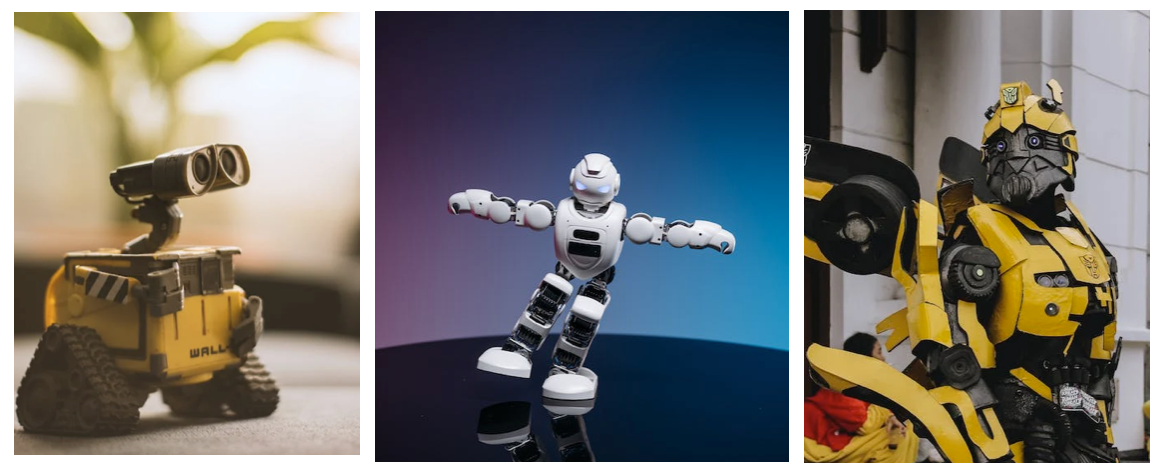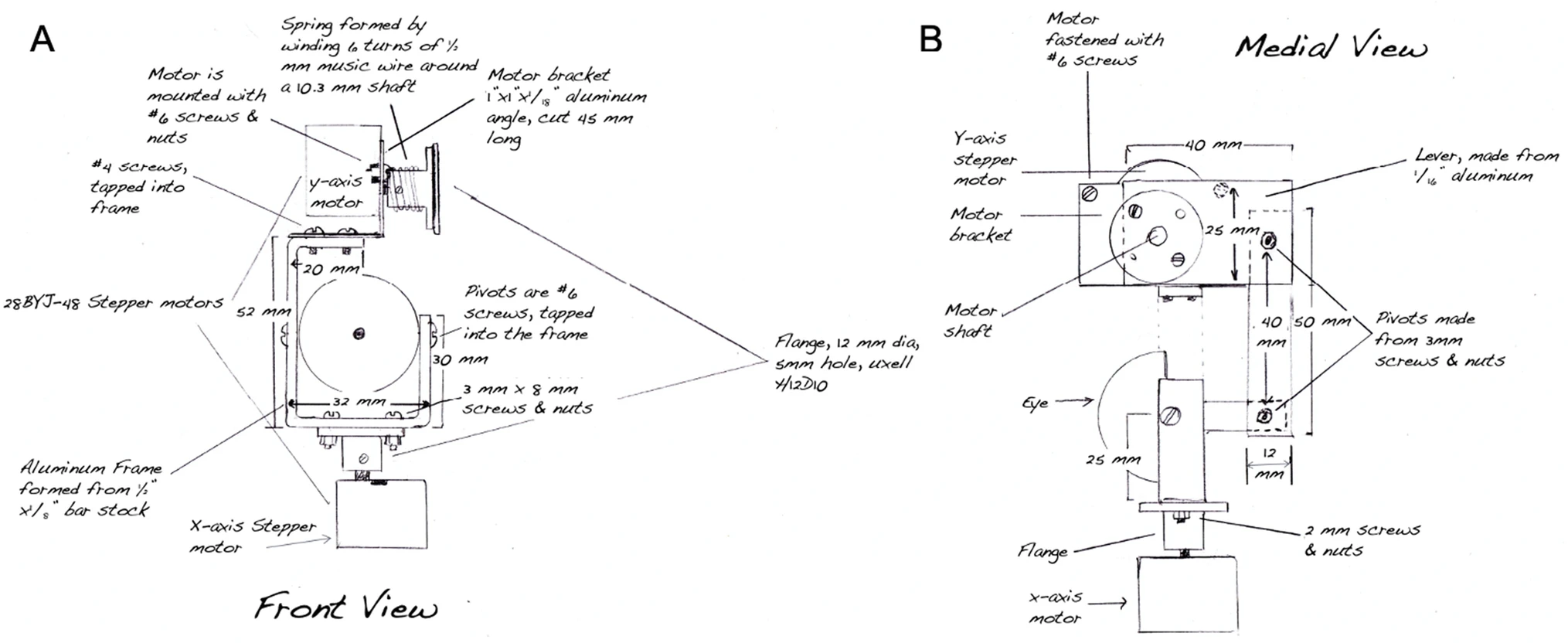For those of us who enjoy science fiction (and even of those of us who don’t), the word ‘robot’ conjures up images of humanlike machines, perhaps C-3PO, WALL-E, Baymax, or one of the Transformers. Of course, outside of science fiction, when we consider the definition of a robot – a machine that completes complex tasks normally carried out by humans—robots are ubiquitous in our everyday lives. They help assemble cars, move items in warehouses, and mow our lawns. Perhaps you even have one vacuuming your carpet as you read this post.

Robots also have many exciting applications in research in perception and cognition. For example, how we interact with robots is a field of study in and of itself, known as human-robot interaction. In some areas of research, scientists use robots to simulate human behavior in useful ways. For example, in some studies, it can be informative to re-create human action in a precise and well-controlled manner. One type of human behavior that is useful for researchers to simulate turns out to be something we don’t think about very often, but we do at every moment: moving our eyes.
In a recent paper published in Behavior Research Methods, a Psychonomic Society journal, Al Lotze, Kassia Love, Anca Velisar, and Natela Shanidze (pictured below) build and test a robot that accurately recreates human eye movements.

Introducing EyeRobot: it is 3D-printable, programmable, features lasers (!), and can simulate realistic human eye movements with a high degree of precision. Science fiction fans will also appreciate the word play on I, Robot—the book by Asimov and the 2004 film.

So why do researchers need a set of robotic eyes to simulate human eye movements? Why not use a real pair of human eyes? It turns out that eye tracking – the process of measuring where somebody is looking — is a complex science. Researchers typically use a camera pointed at the participant’s eyes, and perform a calibration procedure, where the participant looks at dots at different locations on a screen, to determine how the camera’s image corresponds to where the person is actually looking.
All of this gets a lot more challenging when recording eye movements from individuals who have visual impairments. One common type of visual impairment is age-related macular degeneration. It’s the leading cause of vision loss for adults over 50, and impairs vision in the macula – the high-resolution portion of the retina. The macula is what you use to see detail; for example, if you wanted to read text on a page, you would normally look directly at the word you wanted to read, and the image of that word would fall on your macula. Individuals with macular degeneration lose their ability to see using this “straight ahead” vision, so to inspect something, like the faces below, they need to point their eyes slightly off them, instead of looking at them directly. This creates a major challenge for calibrating an eye tracker for these individuals – their eyes don’t point directly at the calibration dots.

Let’s say researchers gather some eye-tracking data from a patient with macular degeneration. What parts of the recording are produced by the disease itself and what parts of the recording are due to the eye tracker being unable to deal with these changes? This is where EyeRobot comes in. It’s fully programmable (so you can tell it “look over here”), and this allows researchers to objectively measure the performance of the eye tracker. Unlike a human, researchers know exactly where EyeRobot is looking at any moment in time, and its lasers also allow researchers to verify where its eyes are pointing. Once researchers know how the eye tracker performs, it’s possible for them to figure out how eye movements are affected by the disease itself.
The EyeRobot is useful not just for learning more about macular degeneration. There are many other types of visual impairments as well that can impact researchers’ ability to accurately record eye movements. These include conditions such as strabismus (misaligned eyes) and nystagmus (rapid uncontrolled eye movements). In the future, the EyeRobot could also be used to improve computer algorithms to improve eye-tracking performance in individuals with these conditions. The EyeRobot also promises to help researchers determine how factors in the recording environment, such as lighting and movement, affect eye-tracking performance.

Finally, the EyeRobot also has the benefit of being a low-cost system that other researchers can reproduce. The authors of the study have made their designs and software available so that other researchers can 3D print and build their own EyeRobots. So, while a pair of programmable robotic laser eyes might sound like science fiction, it has many exciting uses in vision research!
Psychonomic Society article featured in this post
Lotze, A., Love, K., Velisar, A., & Shanidze, N. M. (2022). A low-cost robotic oculomotor simulator for assessing eye tracking accuracy in health and disease. Behavior Research Methods, 1-13. https://doi.org/10.3758/s13428-022-01938-w
